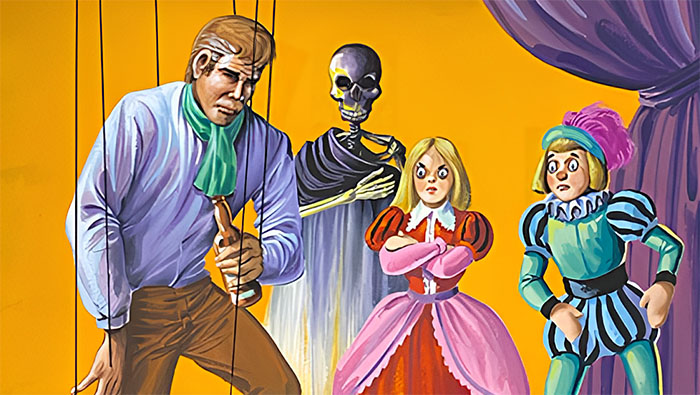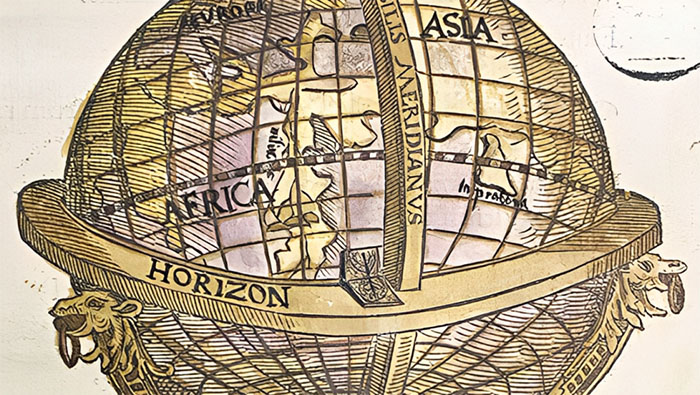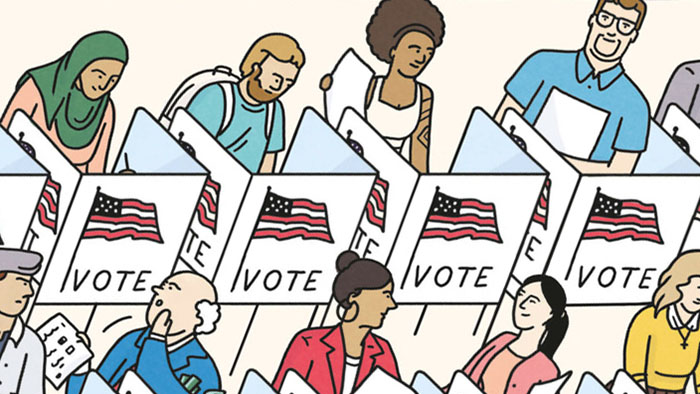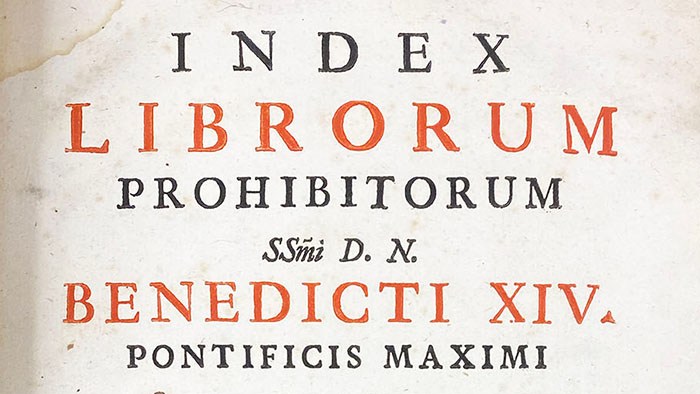SCUA News
¡Micro Misterio!
Apr 27Special Collections and University Archives is beyond thrilled to announce our acquisition of a collection of cover art from rare Mexican pulp mini-comics!
Collection Spotlight: Historic Astronomy
Feb 26Special Collections is home to the Ernst Zinner Historic Astronomy Collection. This world-class collection contains some of the oldest and rarest titles in the library, including thirteen incunabula (books printed before 1501), the first edition of Nicolaus Copernicus’ seminal text, De Revolutionibus Orbium Coelestium (1543), and Tycho Brahe’s Astronomiae Instauratae Mechanica (1602).
The Vote in Words and Pictures
Oct 6November is Coming! And this year, with it comes another national election in the United States. We thought it would be fun to raise awareness about our democratic system by taking a look at some comic books that explore democracy and voting in the United States.
Banned Books Week 2020
Sep 23In honor of Banned Books Week, Special Collections invites you to consider how dominant power structures have the ability to shape history and society by restricting access to information.




